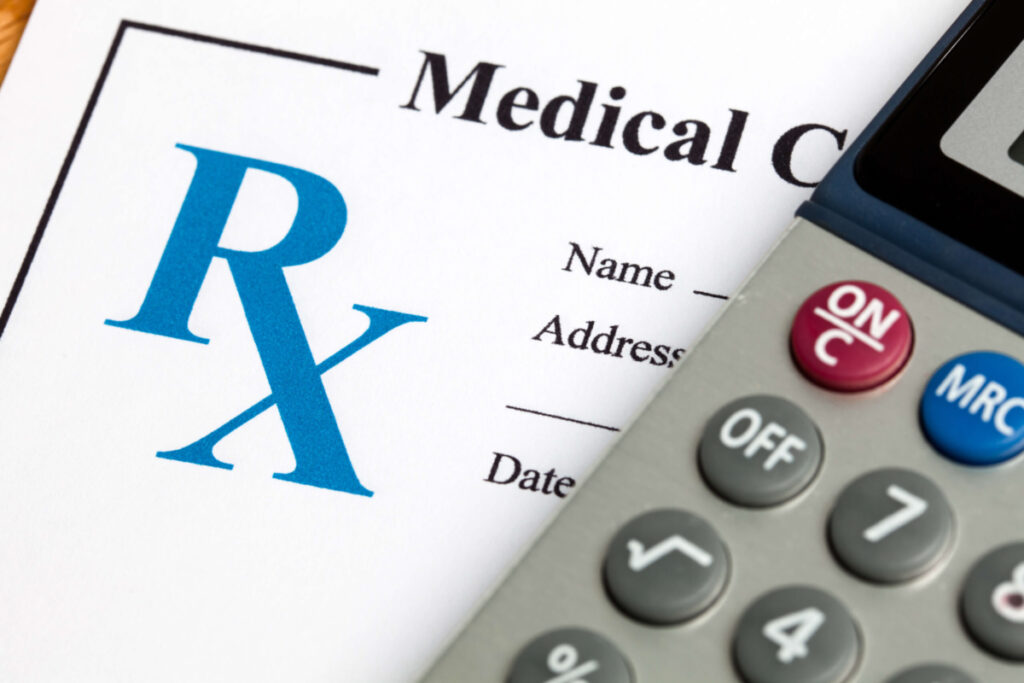More than 200 bills to lower drug prices have been filed across states during this session and nine states are proposing prescription drug affordability board (PDAB) legislation.
PDABs are somewhat analogous to public utility commissions. They investigate high-priced drugs and, when necessary, set more affordable rates for certain drugs for purchasers within a state. Establishing health care provider and hospital payment rates is a common approach states use to ensure services are affordable. State PDABs extend this strategy to a subset of very costly prescription drugs, while avoiding unlawful patent preemption because they establish drug payment rates – not prices. The National Academy for State Health Policy (NASHP) developed model legislation for this approach in 2017 and in 2019 Maryland became the first state in the nation to enact PDAB legislation.
This chart highlights nine states’ bills to create prescription drug affordability boards, including their implementation timelines, funding sources, enforcement, and purchasers impacted.
Nine states (AZ, CO, MN, NJ, NM, OR, RI, VA, and WI) are currently advancing PDAB bills in their legislatures. While a number of these bills are similar to Maryland’s approach that phases in upper payment limits by initially limiting them to public purchasers before potentially expanding them to include private purchasers, the majority of the currently proposed bills map more closely to NASHP’s original model legislation, which implements payment limits across all payers (public and private) in a state in a more expedited fashion.
The bills are generally similar in two approaches:
- They use similar price thresholds to identify a drug for investigation by their PDABs, and
- They apply the same factors when setting an upper payment limit for drugs found to be otherwise unaffordable – such as weighing the cost of administering the drug and delivering the drug to consumers.
Minnesota’s bill, however, includes unique language that empowers its PDAB to consider both the “the range of prices at which [a] drug is sold in the United States and the range at which pharmacies are reimbursed [for it] in Canada.” This language creates a bridge between the PDAB model and a newer approach in a recently released NASHP model law that creates payment rates for certain high-priced drugs based on Canadian pricing. This approach, reflected in NASHP’s Act to Reduce Prescription Drug Costs Using International Pricing, offers states a more streamlined approach than establishing a PDAB, which requires the complex task of determining the appropriate value of a drug in order to set an affordable payment rate. Five states (HI, ME, OK, ND, and RI) are currently considering international reference rate bills that use (or “reference”) Canadian prices to set more affordable rates.
As states consider PDABs and international reference rate approaches to achieve the goal of setting more affordable payment rates for drugs, there are several key factors to consider.
- While international reference rates look to Canada’s drug prices when establishing appropriate payment rates, PDABs keep the task of identifying affordable rates within a state.
- While PDABs may be conceptually preferable for this reason, the time and resources required to implement this approach may not make PDABs feasible for all states. For those states, using Canadian prices to set rates may be the most viable option.
Minnesota’s bill, however, points to a third option, a hybrid approach in which a PDAB would consider Canadian pricing as part of its process.
Explore this chart to compare the different state approaches and implementation timelines of the nine PDAB bills proposed as of March 9, 2021.



